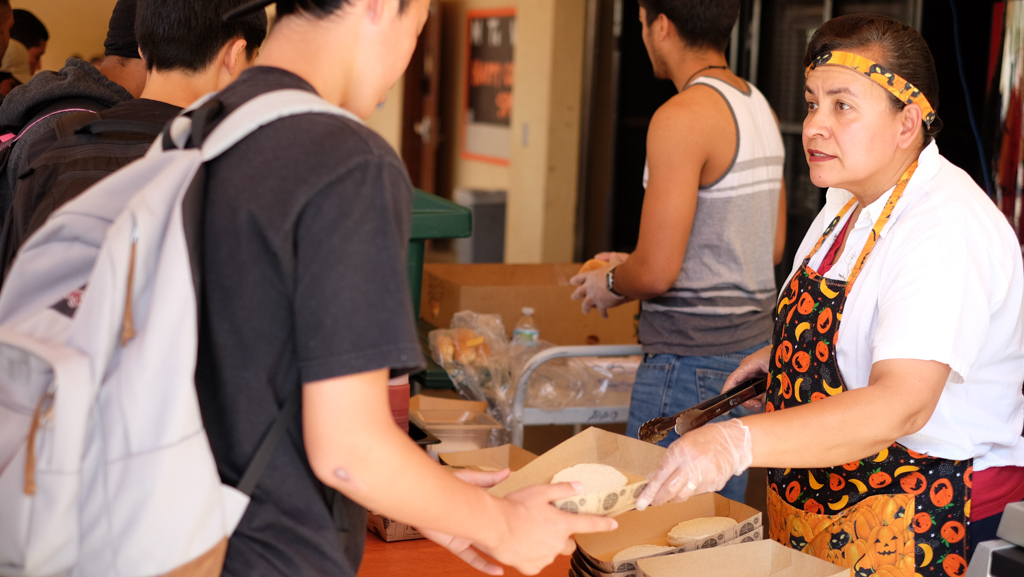By Olivia Chiu
Copy Editor
Photo by Tucker Judkins
SPHS is one of many schools participating in the National School Lunch Program. This system provides free meals for those with incomes less than 30% above the poverty line, and reduces the cost of meals for those with incomes less than 85% above the line, as delineated by United States Department of Agriculture (USDA) income guidelines. Those who qualify for the program automatically receive CollegeBoard fee waivers for AP and SAT tests as well as eligibility to apply for certain scholarships. Applications require only self-reported data and rely heavily on the honor code.
SPHS verifies a mere 3% of applicant by spot-checking, in accordance with federal laws. Of this pool, SPUSD Food Services reports that a staggering 40% are found to have inaccurately reported information and subsequently do not receive financial aid.
While this statistic seems appalling, it is no surprise that a fundamentally flawed system results in many forged applications. An income of even a couple thousand dollars over the federal guidelines does not qualify for the program, resulting in a large disparity in lunch prices. A meal could surge from a mere $0.25 to as high as five dollars, depending on the food items.
For families who are barely above the cut-off, the meal price jump and ensuing spike in other expenses from CollegeBoard and college applications quickly becomes a financial strain. It’s obvious that the system is in dire need of revamping, and a huge fraction of the forgeries stem from this issue.
“It is heartbreaking when a family is honest and trying to make ends meet and then just misses the cut-off––I hate those conversations,” SPUSD Director of Food and Nutrition Michelle Curry said. “[The limits] are set by the feds and we have to follow them.”
Meanwhile, California’s cost of living staggers above 45 other states, but the requirements that must be met to qualify for free or reduced lunch are standardized across the nation. There is no question that the same income can yield an entirely different financial situation depending on your location; the logical conclusion is that qualifications for reduced lunch costs should vary from place to place, but that is not the case.
“Graduated meal prices is an interesting idea,” Curry said. “Also, California has long fought for higher income limits due to the cost of living here. Hawaii and Alaska have higher limits, but they haven’t budged on us and New York. I think that would make sense.”
The majority of the flaws in the system stem from the attempt to over-standardize the program. Possible solutions include graduated meal prices proportional to a family’s income as well as a change in Californian guidelines to match its steep cost of living.
There is no simple solution, so it’s time to find a more complex one. It may take federal time and resources, but when what is at stake is families’ well-being and stability, it is unquestionably worth it.



